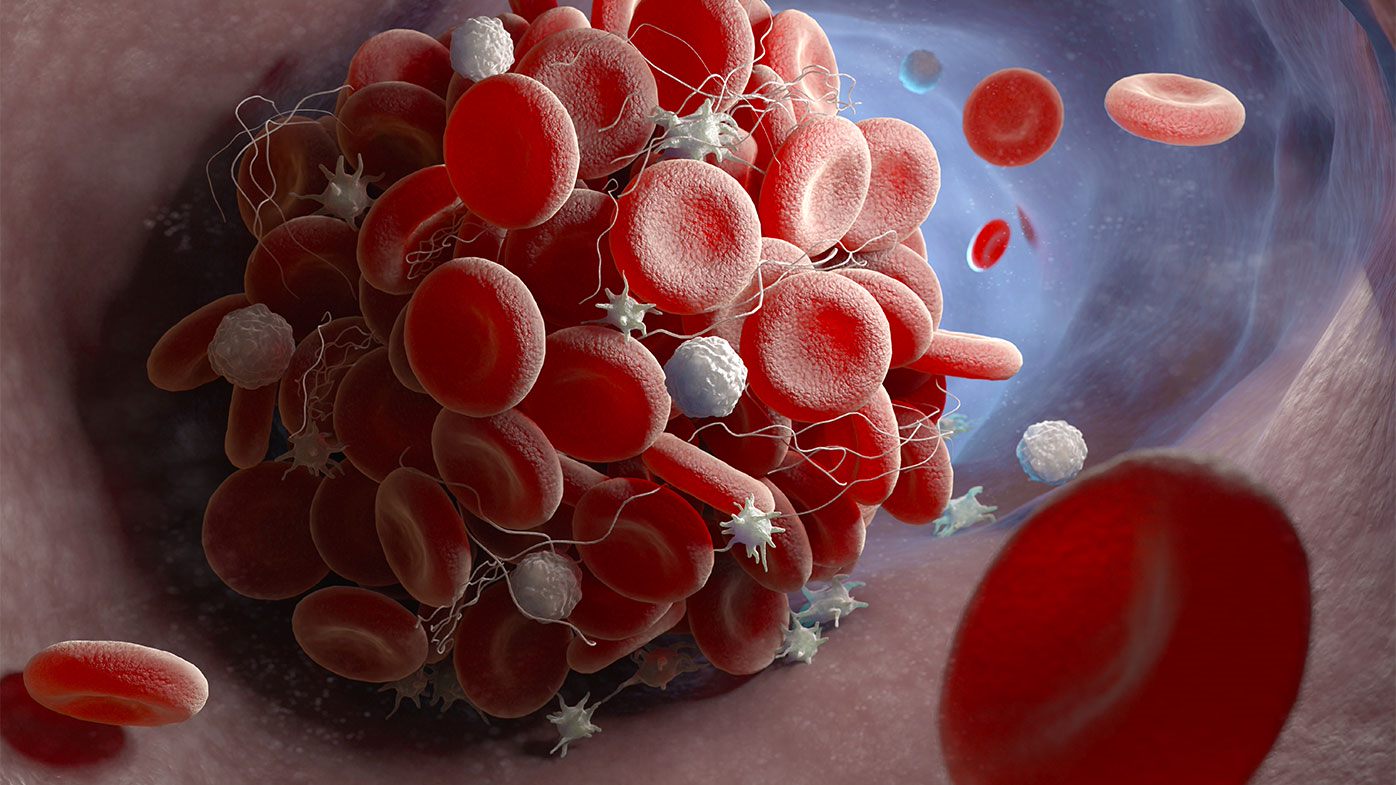
VTE can be particularly challenging for people managing other conditions at the same time. For example, cancer is recognized as an independent and major risk factor for venous thromboembolism.i,ii As medical science continues to increase its understanding of the link between VTE and cancer, here are three important things to know:
Active cancer and certain associated treatments have been recognized as risk factors for VTE.
Cancer and its associated treatments can be extremely challenging on their own. Having cancer can also increase the risk of other diseases or complications, including VTE. In fact, in a retrospective observational study of 2119 patients in an Italian registry, 20% of patients with VTE were cancer patients.iv
VTE is a known complication of cancer and a signi¬ficant predictor for all-cause mortality.v
Not only does cancer increase risk for VTE, but blood clots are often the actual cause of death for people with cancer – making it even more important to raise awareness of VTE in this population. Efforts to gain greater insights into how these medically complex patients can manage their VTE safely and effectively continue to provide additional information on this population.
There is ongoing innovation in the field.
As a population, patients with cancer often have complex medical needs. Combine this with VTE, and these complexities are magnified. While the link between the two conditions is well-established, ongoing research is being conducted to better understand treatment options for VTE in patients with active cancer.


